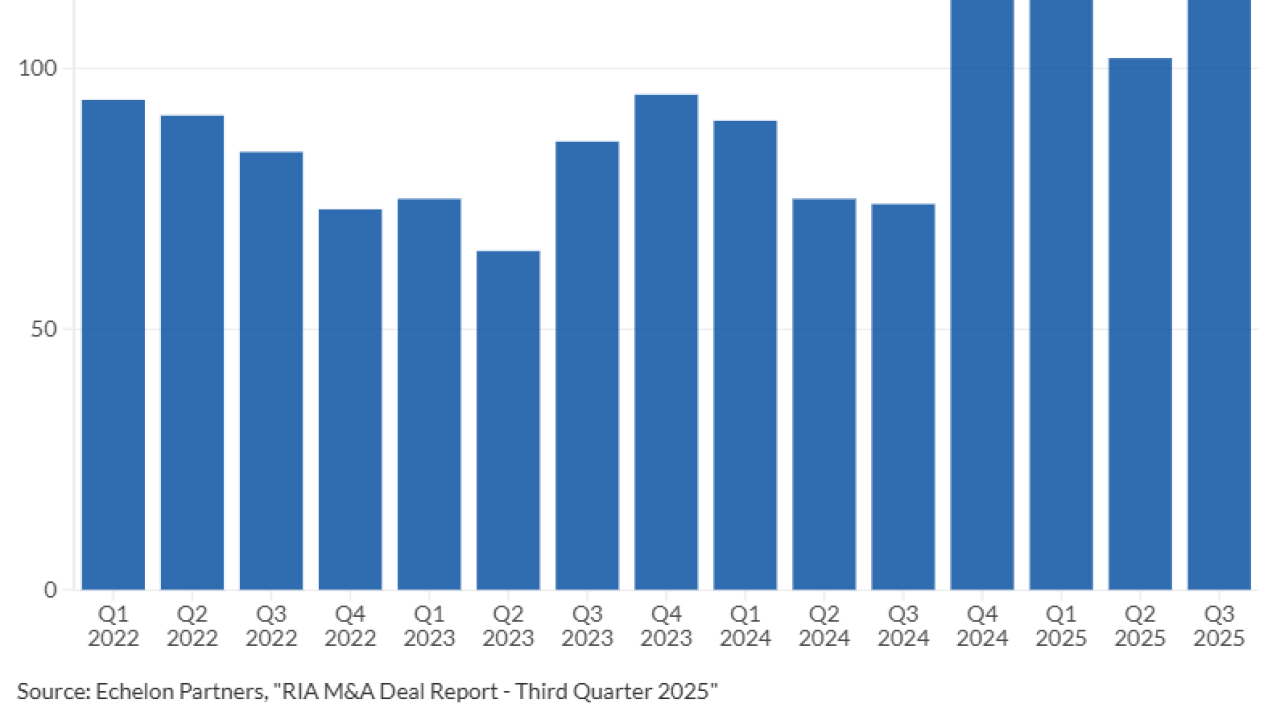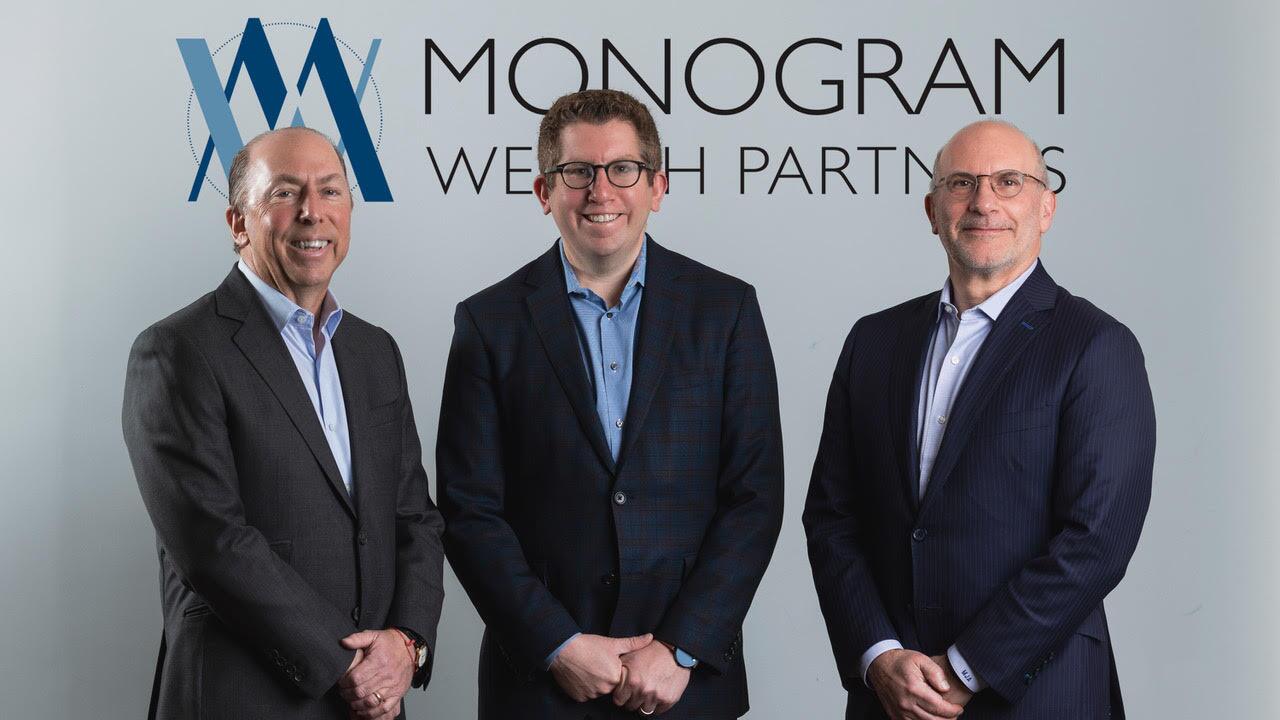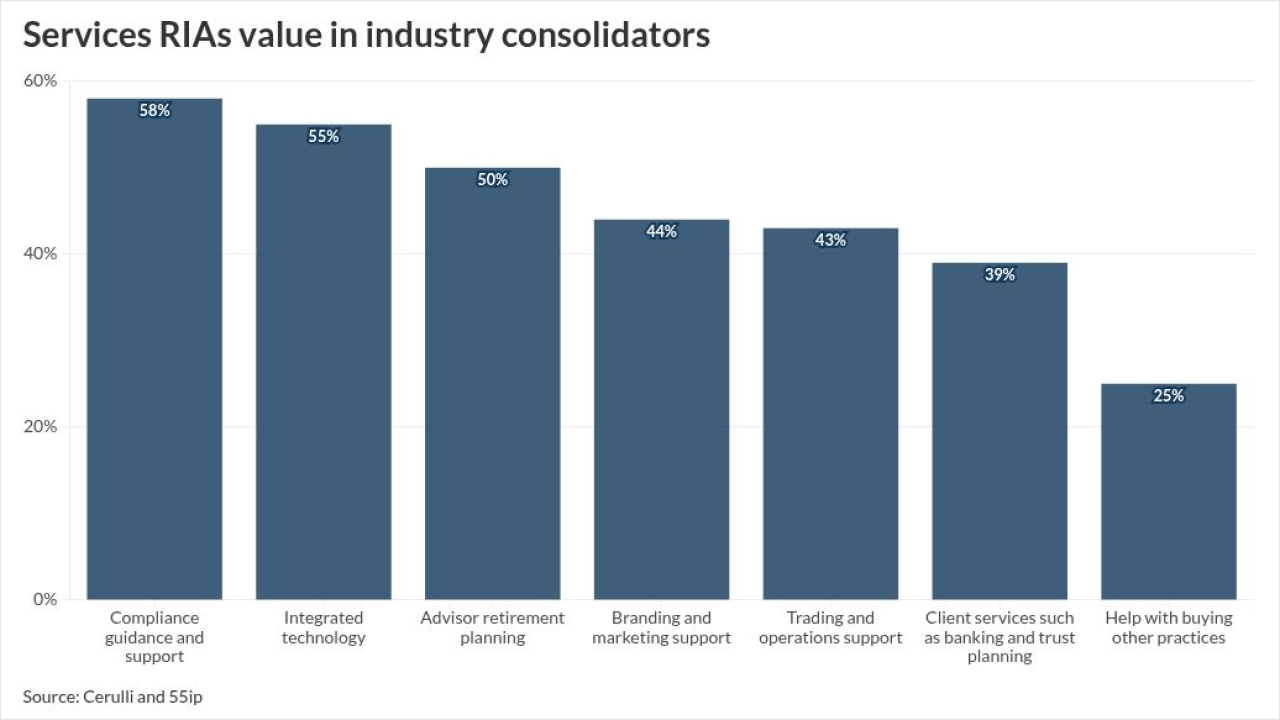During my time on the FPA board of directors, I became increasingly aware of some system-wide
Add all that up and you get 89 separately incorporated organizations.
I’ve heard from the national board members and chapter leaders ― current and past ― as well as from national and chapter staff about these challenges. Of course, as with any problem, everyone has their view of the cause. That’s OK. The bottom line is delivering the best service and value to our customers ― our members. I think everyone can get behind that business outcome.
And of course, no two members get their value the same way from their FPA membership. Some get more from their local chapter experience; others don’t participate much there but get their value from the national association experience.

That’s OK, too. Is FPA the best it can be? Is my life the best it can be? The answer to both questions, is, of course, no.
I credit FPA CEO Lauren Schadle, her team, and the current and past board of directors for listening to chapter leaders, recognizing the challenges in the landscape and initiating the opportunity to improve the association. Following lots of discussions over several years and input from board members, chapter leaders, staff and consultants,
It entailed the following draft components:
- All finances of the association ― including national and chapters ― would be accounted for in one financial and accounting system with chapters retaining control of their budgets and reserves. This eliminates 88 sets of finance and accounting systems, consolidating them into one. Doing this allows for greater financial transparency, shared best practices for financial management, and the leveraging of buying power to support all communities.
- There would no longer be 89 separate websites and member databases. For years, chapters have asked for a better-integrated technology foundation for the organization, which the OneFPA Technology Task Force is already working on. And having 89 separate systems makes it look like we are 89 separate organization ― which we are right now.
-
Known for his advocacy for planning at all income levels, Paré wants the FPA to expand its membership to 24,000 and beyond.
January 5 -
No one organization can do it on its own, FPA President Shannon Pike said.
October 4 -
The planning association says it needs to undertake “transformational change,” but its latest proposal may just multiply its problems.
January 28
- Chapter executives and administrators would become employees or contractors of the national FPA organization. This would lift some burden from the chapter volunteer leaders and allow for better “best practices” deployment in support of chapters and a supportive organization-wide staff culture.
- The 88 chapter legal entities would be dissolved. Note the chapters would not be dissolved, simply the legal entities. This would allow the organization to be streamlined into one legal entity. This specific issue has been the focus of much of the feedback we’ve received to date. We’ve been listening and know the OneFPA Transition Task Force will take it into account when they deliberate on potential modifications to the draft plan.
- FPA would institutionalize the involvement of FPA stakeholders, primarily chapter leaders, in the governance of the association, including in the selection of the board of directors. It’s what we call participatory governance.
Now for the why
This is the essence of these changes. Now, for the why.
Let’s consider a relevant example. Some of the largest financial services firms in our industry have hundreds of offices across the country serving millions of customers. Do they have hundreds of separate legal entities, client databases, websites, and finance and accounting systems? No! That would be monumentally redundant and frankly would have no offsetting benefits. Customers served by those branches do not need that, do not care about that, and would not value that. Those are the kind of functions that large organizations consolidate, centralize and streamline.
Let the local offices focus on serving their local clientele in the customized way those customers want to be served rather than focusing on back-office operational and administrative work.
I see the same concept applying to FPA. In my many conversations with members since November, some ― including long-time and influential voices ― have agreed with that point. “If we were to design FPA from scratch, we certainly wouldn’t do it the current way,” is a representative comment. Several others have expressed support for the logic in the proposal.
So, what’s the rub? Some worry that chapters are going away (they’re not), or that chapters will somehow lose their flexibility and unique, local feel for their member market (they won’t). Those things will remain as they are today.
Some have expressed to me that those administrative tasks really aren’t that much of a burden. I can tell you in my uber-busy life (like yours), if I have the opportunity to shed responsibilities that really aren’t adding value to my life, they’re gone. I don’t care how small they are; every inch is additive.
The other issue I hear about is trust. Can we trust the national organization to do what they say they are going to do and do it well? That’s the beauty of participatory governance ― trust will be earned because all of us will be a part of the governance process that will make this happen.
Change is hard, and we humans are bad at it. I’m not good at initiating change in my own life. And when someone else initiates change “for me” I’m likely to instinctively recoil. But think of change another way: I’m willing to bet if I asked any of the hundreds (maybe thousands) of office managers at the country’s largest financial services firms if they’d like their office to transform into its own broker-dealer, with its own associated legal, finance, accounting and technology operations, they’d look at me like I was from Mars and politely decline that offer. They’d rather focus all their energies on their customers.
I’d rather our chapters focus all its energies on its members. They’re good at that, and maybe with a little extra bandwidth and support could be even better. In the process, we can create a single FPA, where we can collectively work to grow and strengthen the profession and its professional member base.
While we are in the listening phase of the OneFPA Network draft plan to arrive at the best outcome for our members, I applaud the opportunity to explore building a better FPA and that’s why I support the OneFPA Network concept.





